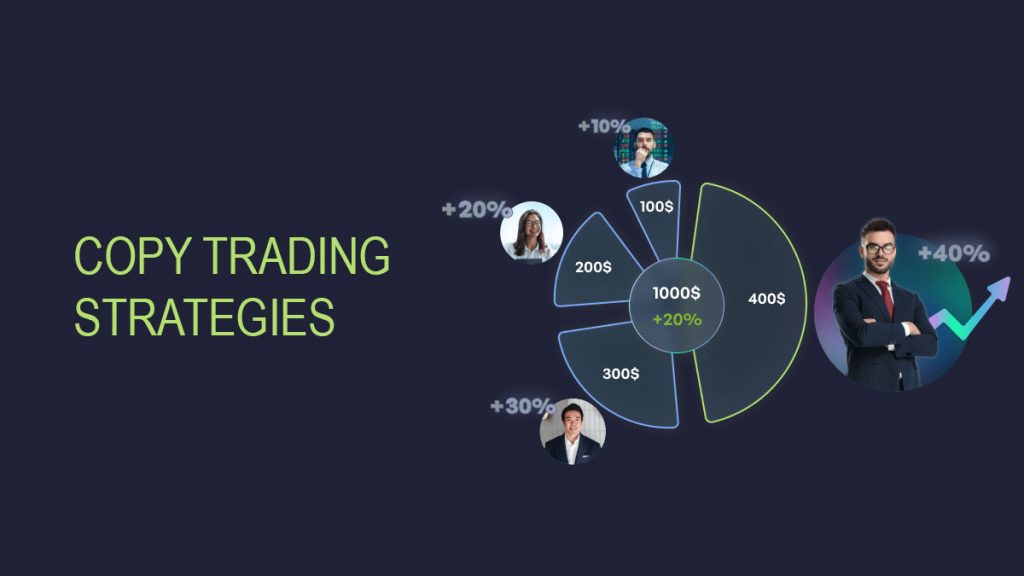At first glance, the spread in a trade might seem insignificant. A few pips here or there, what could it matter? But for anyone trading Share CFDs, that tiny gap between the buy and sell price can influence the entire trade outcome. Understanding what causes spreads to move and when they are likely to widen or tighten is not just about cost control. It is about being tuned into the deeper structure of the market. This subtle piece of information holds more weight than most traders realize.
The Influence of Market Liquidity
Liquidity is one of the primary forces shaping the spread. When an underlying stock is being actively traded and there are many buyers and sellers, spreads tend to narrow. This is often the case with large-cap companies listed on major exchanges. The Share CFDs linked to these stocks usually benefit from that liquidity, offering traders better pricing. But when trading smaller companies or outside regular trading hours, you might find the spreads are significantly wider. That is the market accounting for risk, and knowing when liquidity is strongest can save you real money.
Volatility Breeds Uncertainty
During times of high volatility, spreads often expand. This is particularly common when major news is released, such as corporate earnings, economic data, or geopolitical events. Traders become cautious, and so do market makers. In these moments, the cost of entering or exiting a position increases. For Share CFDs, it is critical to monitor the news and be aware of potential volatility spikes that can impact your trades. Sometimes it is better to wait and let the market calm down than to enter in the middle of a storm.
Time of Day Can Shift the Cost
Not all hours of the trading day are created equal. At market open and just before close, spreads often widen due to uncertainty and position rebalancing. The middle hours of the day tend to offer tighter and more stable spreads. Those who trade Share CFDs actively should consider this timing in their strategy. Waiting for the right window can make a significant difference over time, especially for those entering multiple positions in a day or trading on lower timeframes.
Broker Structure and Trading Environment
Another often overlooked factor is the role of the broker. Some brokers offer fixed spreads, while others provide variable spreads based on market conditions. The platform’s structure and the broker’s relationship with liquidity providers will determine how closely spreads reflect real-time conditions. When trading Share CFDs, understanding your broker’s pricing model is crucial. A platform with consistently wide spreads can erode profits even on well-executed trades.
Spreads Are More Than a Fee
While many treat spreads as simply the cost of doing business, they are far more dynamic. They can serve as a signal of what the market is feeling. A widening spread can hint at rising risk or shrinking interest, while a sudden narrowing may reflect a surge of confidence or clarity. Smart traders use this information as part of their decision-making process, not just as a line item on their trading summary.
If you are serious about trading, understanding the mechanics behind spreads should be part of your foundation. In the world of Share CFDs, where small differences can add up over time, being aware of spread behavior and its underlying causes can provide you with a real edge. It is one of those quiet details that, when fully understood, separates the amateur from the seasoned trader.




